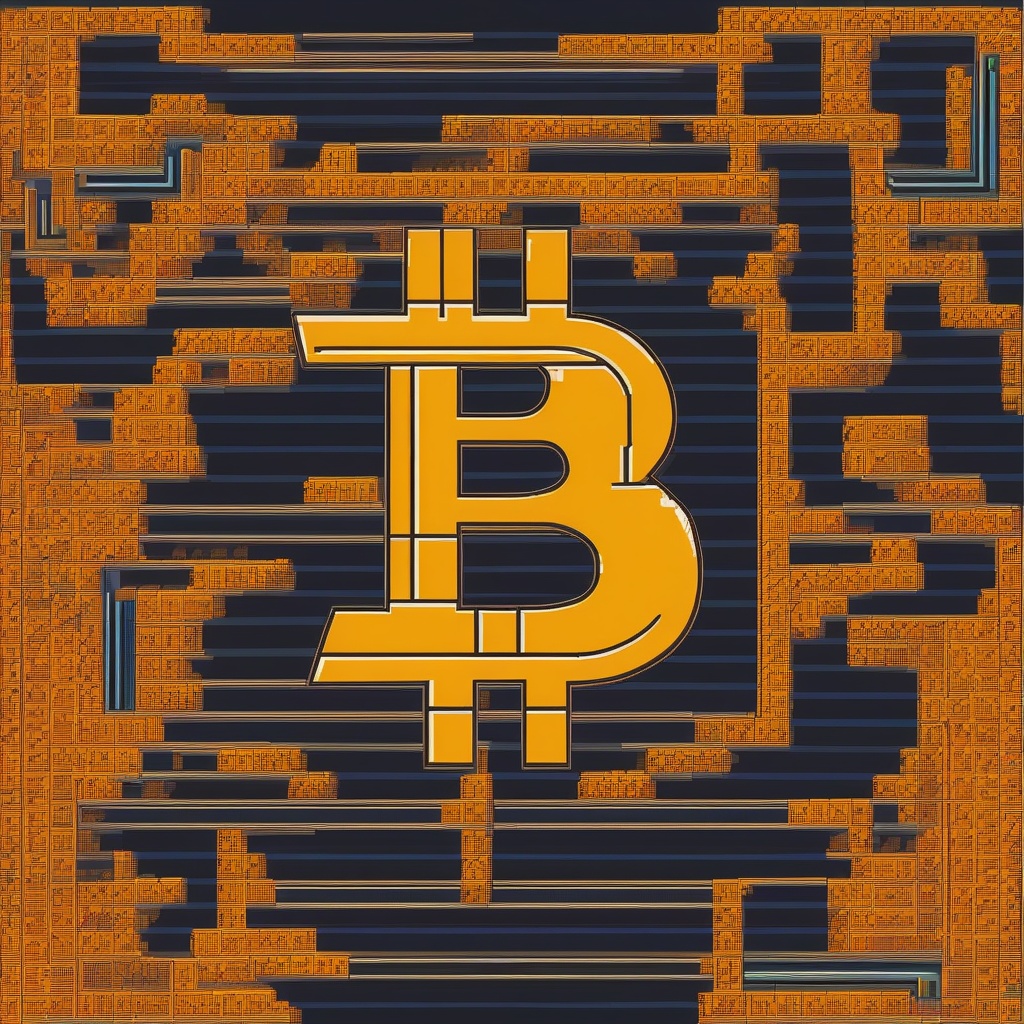Who is the new Ethereum killer?
Who is the new Ethereum killer?" This question has been echoing in the minds of cryptocurrency enthusiasts and finance professionals alike, as the blockchain industry continues to witness a barrage of innovative projects aiming to dethrone the reigning king of smart contracts. The search for the next Ethereum killer is not just a quest for technological superiority but also a race to capture the imagination of developers, investors, and the wider crypto community. Each new project promises faster transactions, more scalability, improved security, or a unique combination of features that could potentially challenge Ethereum's dominance. But who will emerge as the true successor? Will it be a project with a robust ecosystem of developers and a vibrant community? Or perhaps a platform that offers unprecedented levels of scalability and performance? Or maybe it's a project that's still under the radar, quietly building its foundation and waiting for the right moment to make its mark. The answer to this question is far from certain, as the cryptocurrency landscape is constantly evolving and new players are constantly emerging. However, one thing is for sure: the search for the new Ethereum killer will continue to drive innovation and competition in the blockchain space, pushing the boundaries of what's possible in the world of finance and cryptocurrency.

Is WBTC a bridge?
Is WBTC really a bridge?" I ponder, curious about the nature of this cryptocurrency. After all, the term "bridge" often implies a connection, a way to traverse between two separate entities. Could WBTC be the missing link between traditional finance and the decentralized world of cryptocurrencies? The concept intrigues me. If WBTC serves as a bridge, it must have certain characteristics that enable it to span these two worlds. It would need to be trusted by both traditional financial institutions and the crypto community alike. It must also provide a seamless and secure transition for assets, ensuring that they can flow freely between the two ecosystems. But is this really the case? What are the specific mechanisms that make WBTC a bridge? And how does it ensure trust and security in its operations? These are the questions that linger in my mind, eager to be answered. After all, understanding the nature of WBTC could hold the key to unlocking new opportunities in the intersecting worlds of finance and cryptocurrency.

Why is Tron famous?
Why is Tron famous?" you inquire, with a keen interest in the cryptocurrency world. Tron, indeed, has garnered quite a reputation in the blockchain sphere. It's famous primarily for its ambition to revolutionize the digital entertainment industry. The platform aims to create a decentralized ecosystem where content creators can directly engage with their audience, bypassing traditional intermediaries. This allows for more efficient distribution of content and rewards, appealing to both creators and consumers alike. Furthermore, Tron boasts a robust network of developers and partners, continuously pushing the boundaries of blockchain technology. Its innovative features, such as smart contracts and tokenomics, have attracted a wide range of projects and businesses to build on its platform. This ecosystem growth has contributed significantly to Tron's fame. Lastly, Tron has also gained popularity due to its active community and marketing efforts. The project has a strong social media presence and regularly hosts events and conferences, fostering a vibrant and engaged community around its vision. In summary, Tron's fame can be attributed to its innovative approach to the digital entertainment industry, its robust network of developers and partners, as well as its active community and marketing efforts. It's a project that's worth keeping an eye on as it continues to evolve and shape the future of blockchain technology.

How old is Polkadot?
Ah, you've posed an interesting question indeed! So, how old is Polkadot, you ask? Well, Polkadot isn't exactly an entity with a traditional age. It's a cryptocurrency project, a technological marvel in the blockchain space. But if we're talking about its inception, Polkadot was first conceptualized and announced in 2016 by its creator, Dr. Gavin Wood. Since then, the project has gone through various stages of development, from whitepapers to testnet launches, and finally, in 2020, Polkadot's mainnet was officially launched. So, in a sense, you could say that Polkadot "came into existence" in 2020. But of course, its journey doesn't end there. Polkadot is constantly evolving, with new features and upgrades being added over time. So, while it may not have a literal age, it's certainly a young and vibrant project in the world of cryptocurrency and finance. Does that answer your question? Or perhaps you have more about Polkadot that you'd like to know?

What is USDT trx20?
Could you possibly elaborate on what USDT trx20 actually is? I've been hearing about it lately in the crypto community, but I'm still a bit hazy on the details. Is it a type of token? A new blockchain? Or perhaps a specific service related to cryptocurrencies? Could you please break it down for me? I'm particularly interested in understanding its functionality, the technology behind it, and how it fits into the larger cryptocurrency ecosystem. Any insights you could provide would be greatly appreciated.

